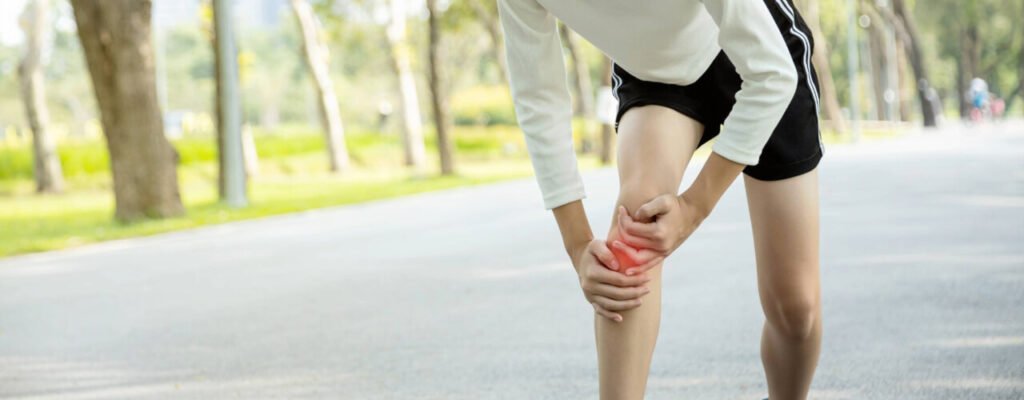Navigating Knee Rehabilitation: A Step-by-Step Guide

Knee injuries can be daunting, but with effective knee rehabilitation, athletes can return to their sport and optimize their physical capabilities. This blog illustrates a step-by-step guide through knee rehabilitation, highlighting an athlete’s success story of overcoming a mild knee injury. By focusing on evidence-based techniques, we aim to provide a clear and comprehensive understanding of knee rehabilitation.
The Initial Evaluation: Laying the Groundwork
Our story begins with Alex, a high school basketball player who experienced a mild knee injury during a game. Concerned about the impact on his athletic career, Alex visited UNIQ Physical Therapy in (Town) for an initial evaluation. The physical therapist conducted a comprehensive assessment, including a detailed medical history, a physical examination, and a movement analysis. This thorough evaluation aimed to identify the root cause of Alex’s pain and dysfunction, ensuring a personalized and effective rehabilitation plan.
Prioritizing Swelling Reduction
Reducing swelling was crucial in the early stages of Alex’s knee rehabilitation. Swelling can inhibit muscle activation and delay the healing process. The physical therapist employed manual lymphatic drainage and compression techniques to manage the swelling. Research supports these methods, indicating that controlled and progressive loading promotes tissue healing and reduces the risk of re-injury.
Restoring Range of Motion
The next step in Alex’s rehabilitation was to restore range of motion (ROM). Limited ROM can lead to muscle imbalances and further injury. The therapist utilized passive and active-assisted exercises to gently increase Alex’s knee mobility. Techniques such as joint mobilization and specific stretching exercises were incorporated to address any restrictions and improve overall flexibility.
Reducing Pain with Modalities and Manual Techniques
Pain management is a critical component of knee rehabilitation. Alex’s therapist used a combination of modalities, including ultrasound and electrical stimulation, to reduce pain and promote healing. Manual therapy techniques, such as soft tissue mobilization and myofascial release, were also employed to alleviate discomfort and improve tissue quality. These evidence-based approaches are proven to enhance the rehabilitation process by addressing pain and facilitating movement.
Strengthening: Building a Solid Foundation
Strengthening exercises are fundamental to knee rehabilitation. Alex’s program included isometric and eccentric exercises to strengthen the quadriceps, hamstrings, and hip muscles. These exercises help stabilize the knee and improve overall joint function.
Enhancing Balance and Coordination
Balance and coordination are vital for preventing future injuries. Alex’s rehabilitation included proprioceptive training exercises, such as balance board exercises and single-leg stands, to enhance his knee stability and coordination. These exercises improve the body’s ability to sense and respond to changes in position, reducing the risk of awkward movements that could strain the knee.
Functional Movements and Motor Control
Next, his therapist integrated functional movements and motor control exercises to mimic the demands of basketball. These exercises aimed to restore his ability to perform complex movements safely and efficiently. Motor control training focuses on the coordinated activation of muscles, ensuring that Alex could move dynamically without risking re-injury .
Neuromuscular Training: Fine-Tuning the System
Neuromuscular training was a key component of Alex’s rehabilitation. This training enhances the communication between the nervous system and muscles, improving reaction time and movement efficiency. Drills such as agility and plyometric exercises were used to fine-tune Alex’s neuromuscular control, preparing him for the high-intensity movements required in basketball.
Sport-Specific Training and Preventative Strategies
As Alex progressed, the focus shifted to sport-specific training. His therapist designed drills that replicated basketball movements, such as cutting, pivoting, and jumping. This phase ensured that Alex was ready to return to sport and optimized his physical capabilities. Preventative strategies, including ongoing strength training, flexibility exercises, and proprioceptive training, were emphasized to reduce the risk of re-injury and enhance overall performance.
Call Today to Experience Your Own Story of Success
At UNIQ Physical Therapy, we are dedicated to guiding athletes through effective knee rehabilitation programs. We focus on personalized and evidence-based methods to help athletes achieve their goals and excel in sports. If you or someone you know is facing a knee injury, contact us to learn how we can assist in your recovery journey!




